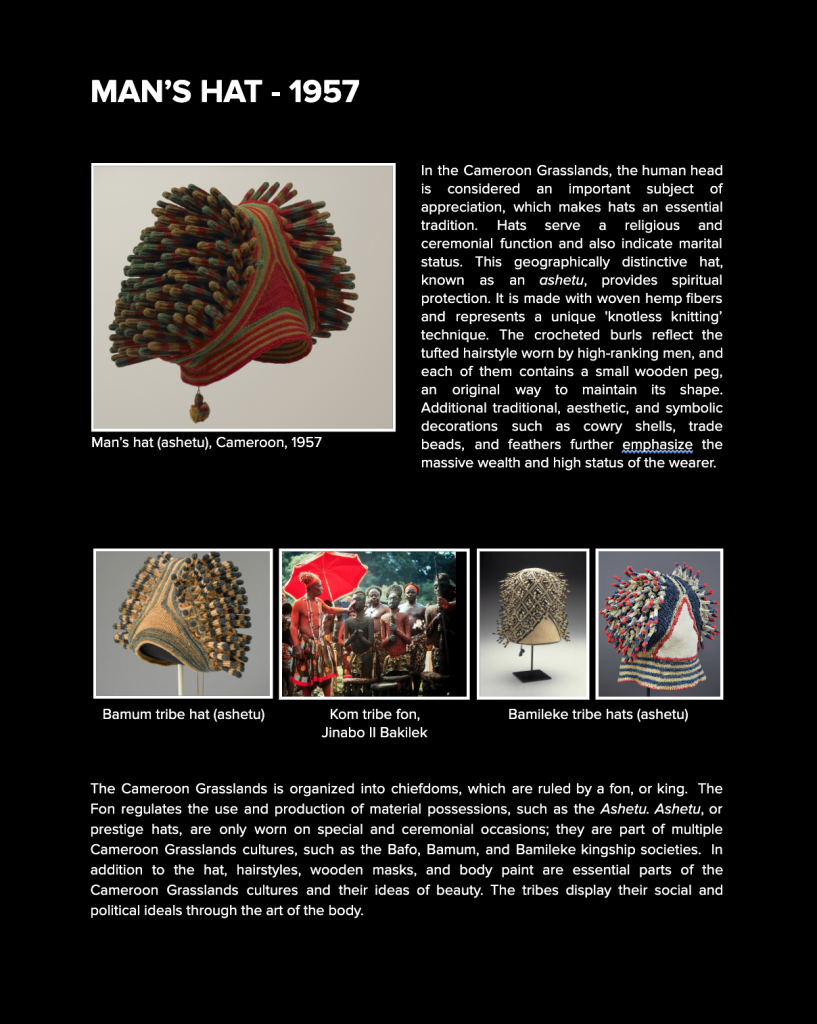For the first half of the day, we put our researched information and the A-text unitedly and designed a brochure. We referred to the brochures for the current exhibition curated by the Wyss Institute. The first page of the brochure is the cover with the exhibition title, the second page is the A-text, the third to the sixth page is the descriptions of the 4 items, the seventh page is the object checklist, and the eighth page is the back cover. We cooperatively sketched all of our cover images and graphics for minor designs. Furthermore, we included relevant images for our object descriptions. After spending much time matching the layout, the curators and the registrars came, and we reunited with our four objects and debated the installation of them. We decided between the table and the columns, estimated the sizes and heights of all objects then matched with each column that was brought in the room considering the safety distance from all sides of the items, requested for a more prominent column for the poster, then planned the layout using the small models. Using the masking tape, we marked the location of the columns and the benches we decided to use for convenience. We had many conflicts in the location of the A-text poster. We learned that placement included much precision to be appealing to the users’ eyes.
After a lot of fussing and coming into a perpetual resolution, we went on a field trip to a neighboring museum, the Guggenheim. The counselors told us that they were exhibiting displays related to ours. The museum selected several artists and directed them to curate a display from their permanent collection. They also told us that putting on a display in our condition is much harder because we only had choices of eight objects instead of hundreds. Each curator’s exhibition occupied one floor, and my personal favorite was the fourth floor, which addressed the post-war. The pieces the curator collected was seldom gory, but it was the topic I was able to relate to the most. The other floors handled numerous abstract pieces, which was hard to comprehend. The mentors told us to value the curator’s aspect and attempt to relate to the topic even though it wasn’t our taste. Even an unknowledgeable person like me was able to see the relations through colors, forms, sensations, and other emotions, which proves how top-notch exhibitions they are.


